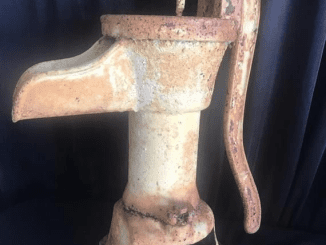As someone who absolutely adores beach season, I’ve spent countless hours soaking up the sun, building sandcastles, and frolicking in the waves. There’s something magical about the salty breeze, the sound of crashing waves, and the feeling of sand between your toes that brings pure joy. But amidst all the fun, I recently stumbled upon a mystery I had never unraveled before—the enigmatic purple flag.
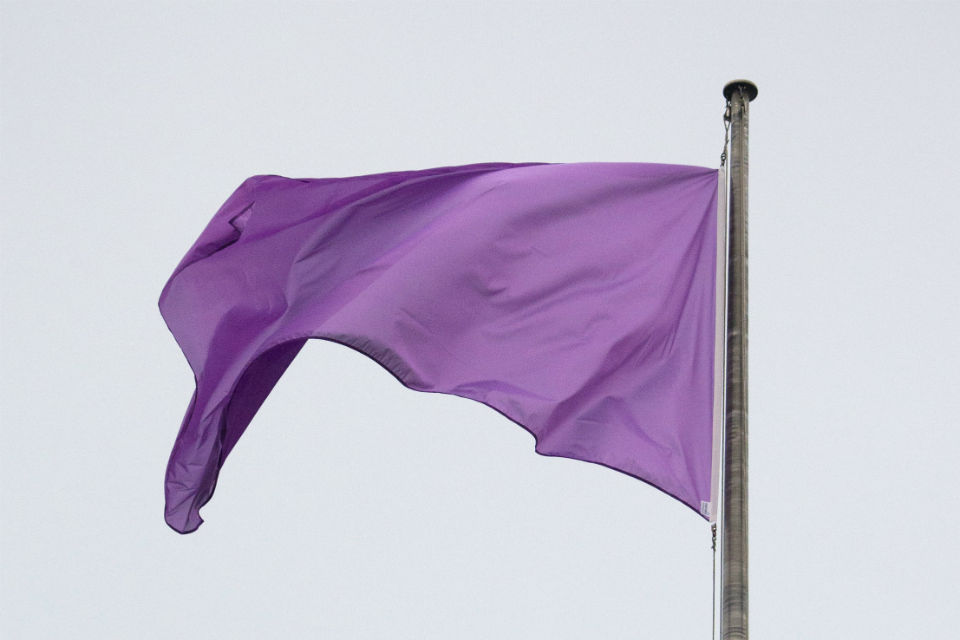
Understanding the Language of Beach Flags
Picture this: it’s a perfect day at the beach, and you’re ready to dive into the waves. The waves are gentle, the sun is shining, and everything seems harmonious. Your eyes sweep over the familiar flags, checking the ocean’s mood.
- Green: Low hazard and calm conditions. Check.
- Yellow: Medium hazard level, proceed with caution. Got it.
- Red: High hazard, rough waters ahead. No problem.
But wait, there it is—the purple flag, fluttering in the breeze like a riddle waiting to be solved. What does it mean?
The Meaning Behind the Purple Flag
Curiosity piqued, I embarked on a quest to decipher the secret behind this mysterious flag. The purple flag isn’t just another warning; it’s a message from the sea, alerting us to the presence of marine pests. Imagine that—the ocean communicating with us through a simple color, ensuring our safety while we enjoy its embrace.
Marine Pests: What Lies Beneath the Waves
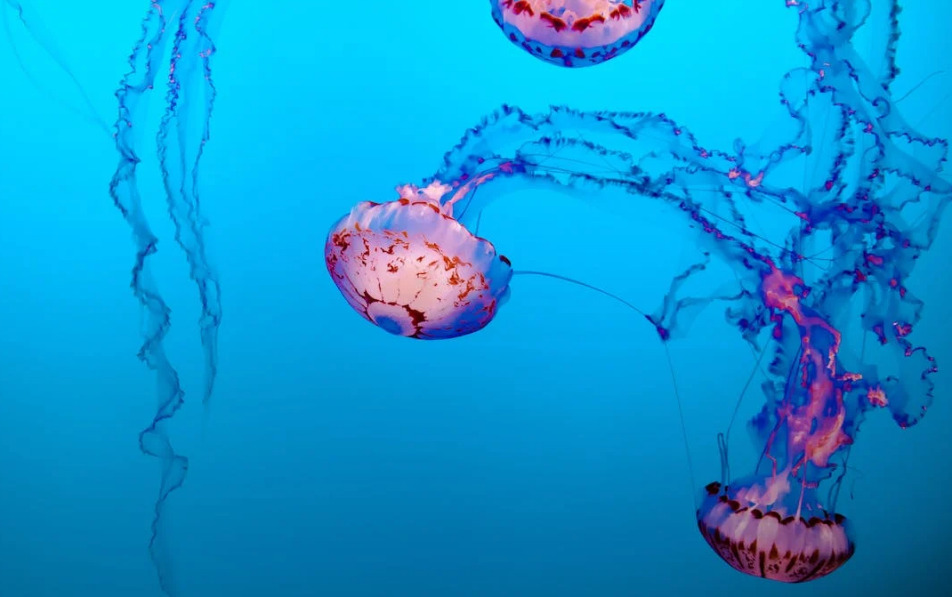
So, what exactly are these marine pests? The purple flag serves as a beacon, cautioning us about potential companions lurking beneath the waves. Jellyfish, those ethereal yet sometimes stinging creatures, might be sharing the water with us. But that’s not all—stingrays and other dangerous fish could be hiding below the surface. Suddenly, that purple flag takes on a whole new level of importance.
The Other Beach Flags: A Quick Refresher
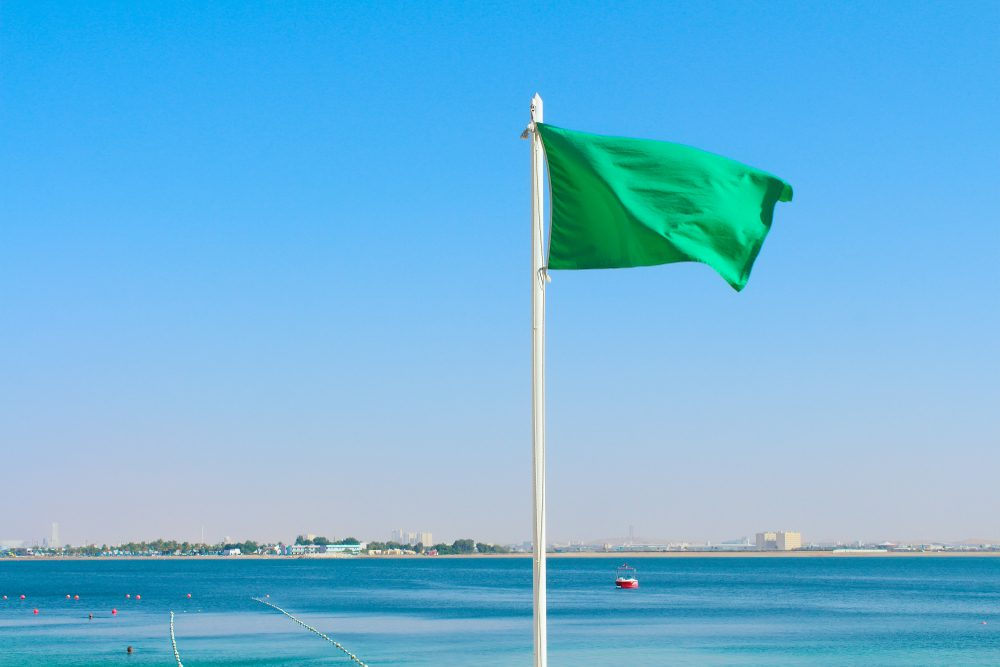
Next time you see that enigmatic purple flag, don’t dismiss it as mere beach decor. It’s a vital signal from the ocean, reminding us that beneath its sparkling surface lies a world of beauty and potential hazards.
- Green: Calm waters, perfect for a leisurely swim.
- Yellow: Moderate hazards—extra caution is advised.
- Red: High hazard, rough conditions; swimming isn’t recommended.
- Double Red: Water is off-limits—a clear sign for your safety.
The Importance of the Purple Flag
The purple flag is the ocean’s way of saying, “Hey, there might be some uninvited guests in the water today.” It’s a lesson in coexistence, reminding us to appreciate the intricate balance of the ocean ecosystem.
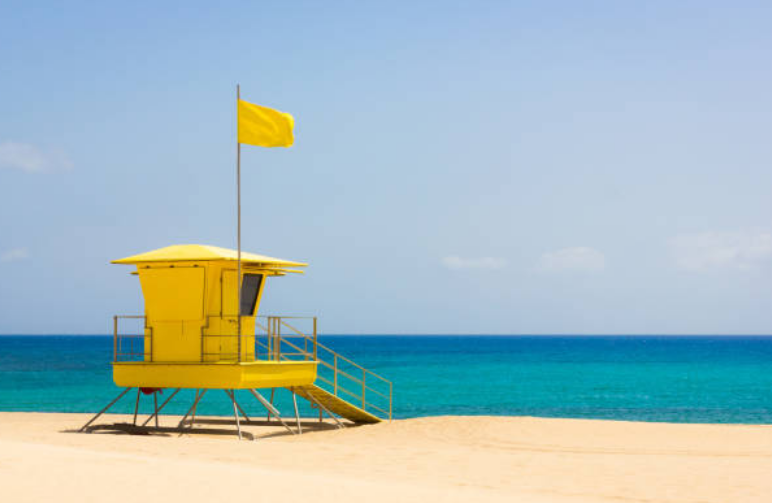
Respecting the Ocean’s Warnings
So, fellow beach enthusiasts, the purple flag is no longer a mystery but a symbol of oceanic communication. While the ocean welcomes us with open arms, it asks us to be cautious and respectful of the life it sustains. Marine creatures like jellyfish and stingrays are just as much a part of the ocean’s fabric as the water itself, and understanding their presence helps us coexist more safely.
What to Do When You See a Purple Flag
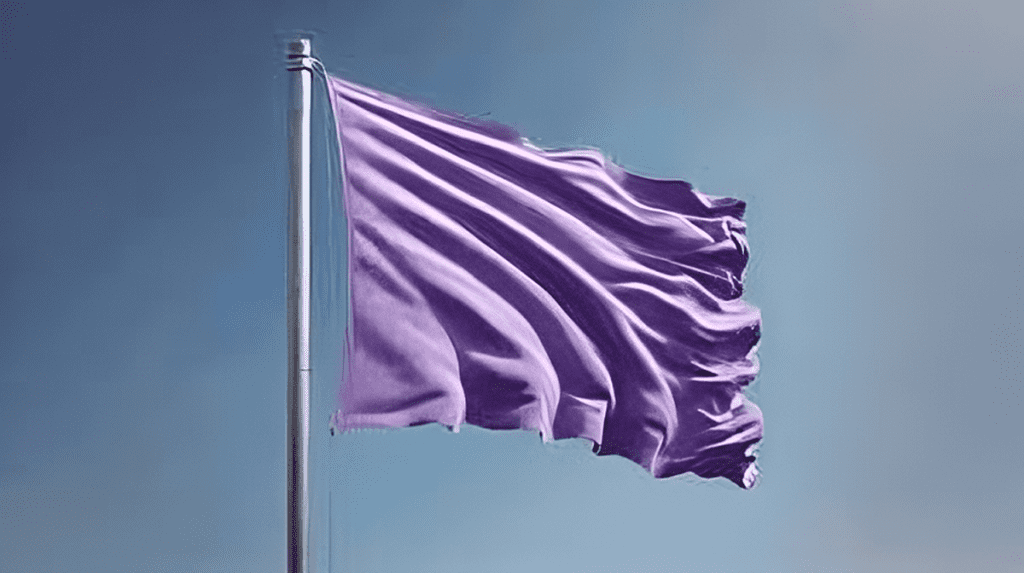
When you spot a purple flag flying high, here’s what you should do:
- Stay Informed: Check with lifeguards or beach officials to understand the specific marine pests present.
- Exercise Caution: If you choose to enter the water, remain vigilant. Watch your step, especially in shallow areas where stingrays might be hiding.
- Protect Yourself: Consider wearing protective clothing or using creams that deter jellyfish stings.
- Educate Others: Spread awareness about what the purple flag means, so everyone can enjoy the beach safely.
Conclusion: The Ocean’s Silent Messenger
In conclusion, the purple flag serves as an essential reminder for all beachgoers. It’s not merely a decorative piece; it’s a vital signal indicating the presence of marine pests. By understanding the meaning behind this flag and respecting the ocean’s warnings, we can enjoy the beach while ensuring our safety and the safety of those around us. So next time you head to the shore, keep an eye out for that purple flag—it’s the ocean’s way of looking out for you!
